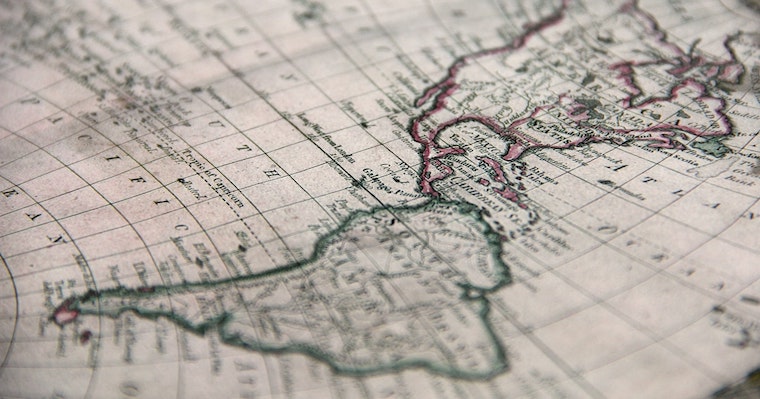
Dairy in the Americas: How Colonialism Left Its Mark on the Continent
A Meat and Dairy Article from All-Creatures.org
FROM Matilde Nuñez del
Prado Alanes, SentientMedia.org
February 2022
Only towards the end of the 18th century, the growing need for labor led to concerns about the fertility, birth rate, and breastfeeding practices of female workers, and the imposition of cow’s milk as a necessary food group. The long breastfeeding period to which Indigenous and Black slaves were accustomed seemed to negatively impact fertility and reduce the amount of work for the lactating mother.

Leon Ooverweel - Unsplash
The Americas have a long, strange history with milk. While the
domestication of animals was a widespread practice in several
pre-Columbian cultures, the introduction of milk to the diet on the
continent began only in the 16th century as part of the process of
territorial occupation and colonial domination. Today, milk
production continues to occupy large amounts of land, polluting
water and damaging vital ecosystems around the world, and its
consumption leads to serious health problems in more than two-thirds
of the world’s population.
The introduction of animals to the “New World” was one of the most
effective strategies for consolidating the European colonial agenda.
The first cows arrived on the continent with Columbus on his second
voyage in 1493 and spread throughout the continent in a short time.
The introduction and expansion of cattle to the Americas helped the
conquerors to occupy territories, destroy native environments,
introduce European crops, and support various extractive activities
that favored the empire. As anthropologist Rosa E. Ficek writes,
“Conquest worked indirectly through bodies of cattle taking up more
and more space.” The native inhabitants—animals and humans—were
invaded not only by the settlers but also by their animals, who
helped transform the Americas’ environments to suit European ends.
The importation of animals also had an ideological background bathed
in racism and a superiority complex. According to Rebecca Earle,
author of The Body of the Conquistador, for Europeans, food made
their bodies different from those of the natives. “Without the right
foods Europeans would either die, as Columbus feared, or, equally
alarmingly, they might turn into Amerindians,” she writes. In
addition, the conquerors considered that their methods of
agriculture, mostly based on cattle, were better than the local
forms. In the eyes of the colonists, the exercise of human dominance
over other creatures considered “lesser” was a demonstration of
cultural superiority. Imposing their livestock system, transforming
human-animal relations, and changing the feeding patterns of the
natives was a way of “civilizing” them, which was one of the main
objectives of colonization. Thus, food colonialism was not a
consequence of the conquest, but an integral part of the imperial
project.
....
Please read the
ENTIRE ARTICLE HERE (PDF).
Matilde Nuñez del Prado is the Social Media Fellowship Program Assistant and is from La Paz, Bolivia. She is currently pursuing a Master's Degree in Critical Theory and is close to presenting her thesis in Sociology on cockfighting, as a result of an undercover investigation in the field for 4 years. Her topics of interest are the relationships between humans and other sentient animals from the perspective of so-called Animal Studies or Human-Animal Studies, socio-ecological issues, and the intersectionality between different forms of oppression, domination and exploitation.
Return to Meat and Dairy Industries








